



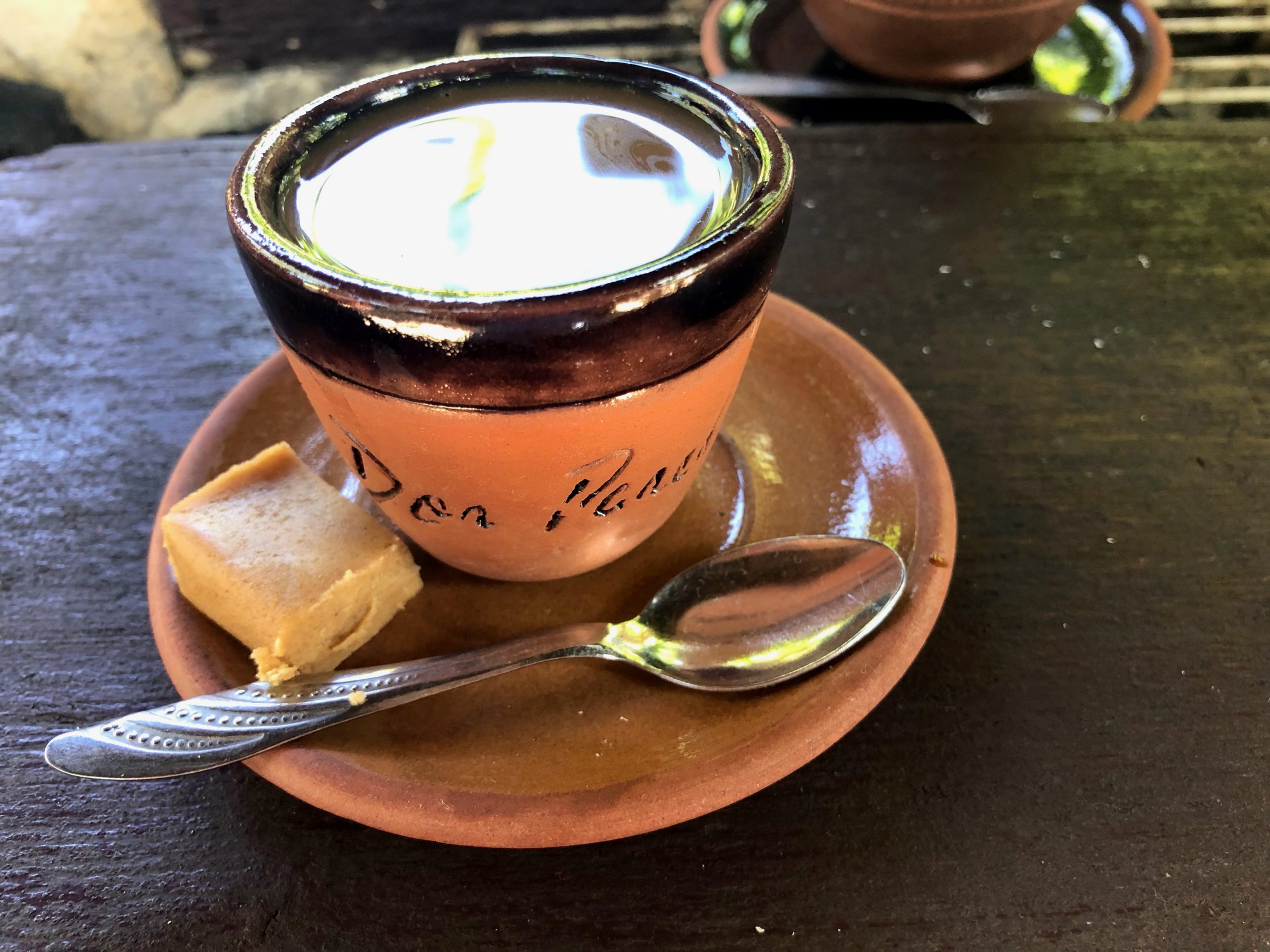

Poke Tacos Monkeypod

Tomato Tart - Jose Andres

LuLu Dog treats

Soup Alexis Alvarez Armas

Cafe Cubano

Riva @ Gritti Palace













Oil & Honey Edition
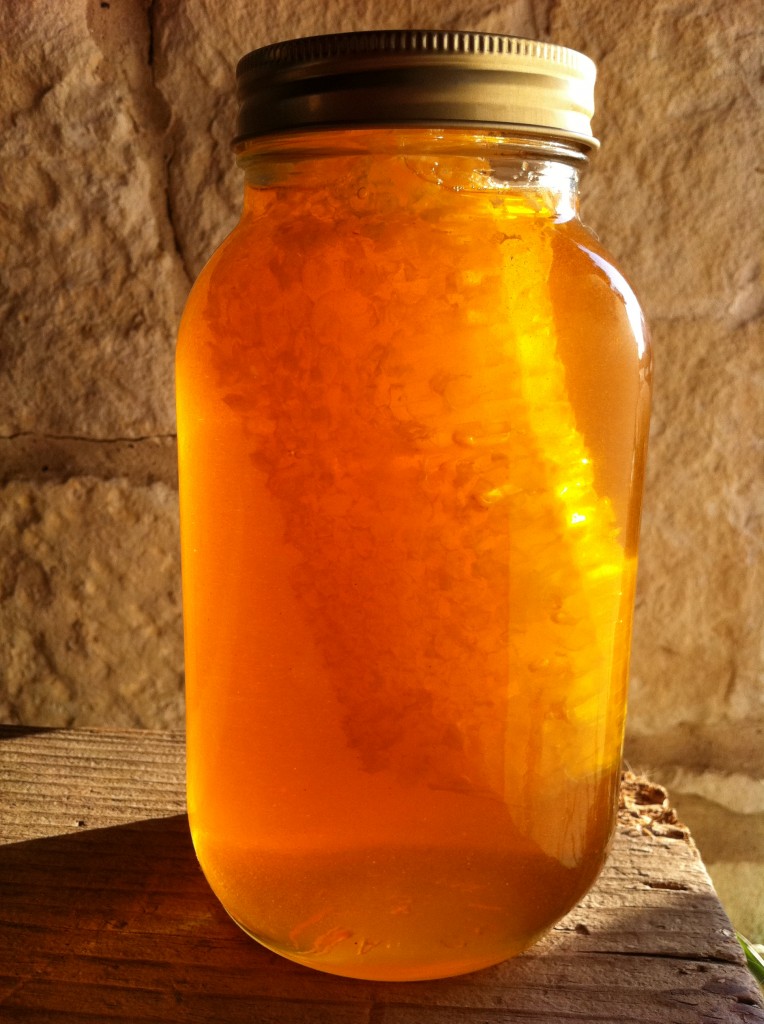
It’s honey harvest time. Does the sight of this beautiful, golden nectar make your mouth water? It makes me want to open the jar, stick my finger in and relish the sweet honey inside. While extracting honey I usually end up overdosing on the pure, ambrosial liquid running out of the honey gates. Extracting honey is a messy business, one I enjoy!
After the supers of honey have been pulled from the hives they are moved to a “honey house” or place where extracting equipment is available. This was my first time to pull honey from the hives at the Greensboro Science Center – which in and of itself is very exciting. I located a facility about 20 minutes away where I could rent the equipment necessary to extract this delicious honey.
The honey frames are full of liquid gold yet capped with wax. The newer the honey the whiter the wax. If a frame has darker wax it simply means it’s one of the first frames filled and capped. The wax turns tan or brown from the bees traversing it as they work the hive.
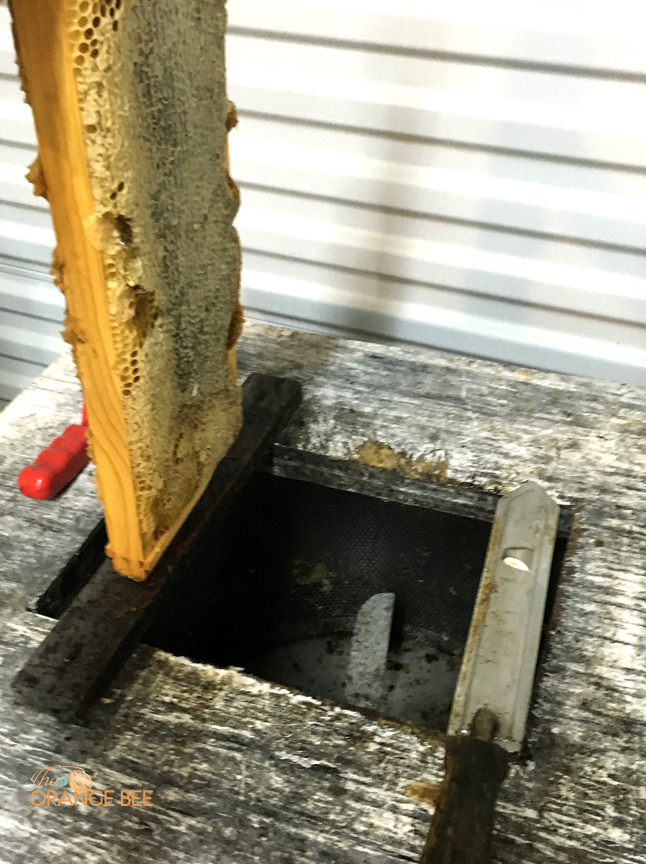
You can see how the frame is bulging with honey, capped with wax. To the side lies the hot knife used to remove the wax capping. To be sure not to waste a drop of the hard earned liquid, these cappings are scraped off into a smaller extractor, which spins the honey away from the wax, and into a bucket below. Get this, on average a worker bee only makes about 1/12 teaspoon of honey in her lifetime and a hive of bees must fly around 55,000 miles to produce a pound of honey. 1 pound of honey is equal to about 1.33 cups of honey. This is why I try my darnedest not to waste a drop of this precious liquid.
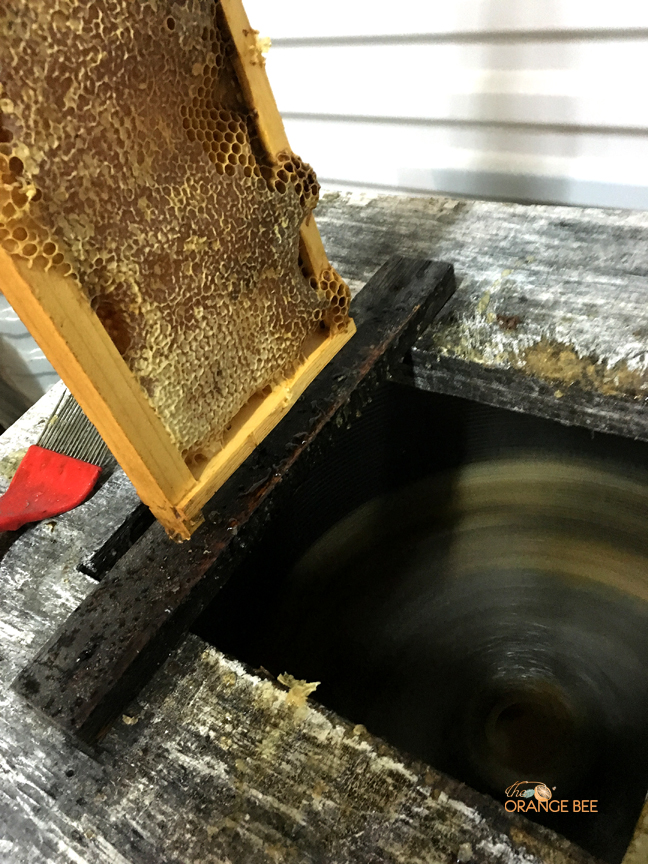
After scraping the cappings into the wax extractor the frames are placed into a stainless steel extractor and spun to remove the honey. This too flows into the waiting bucket below.
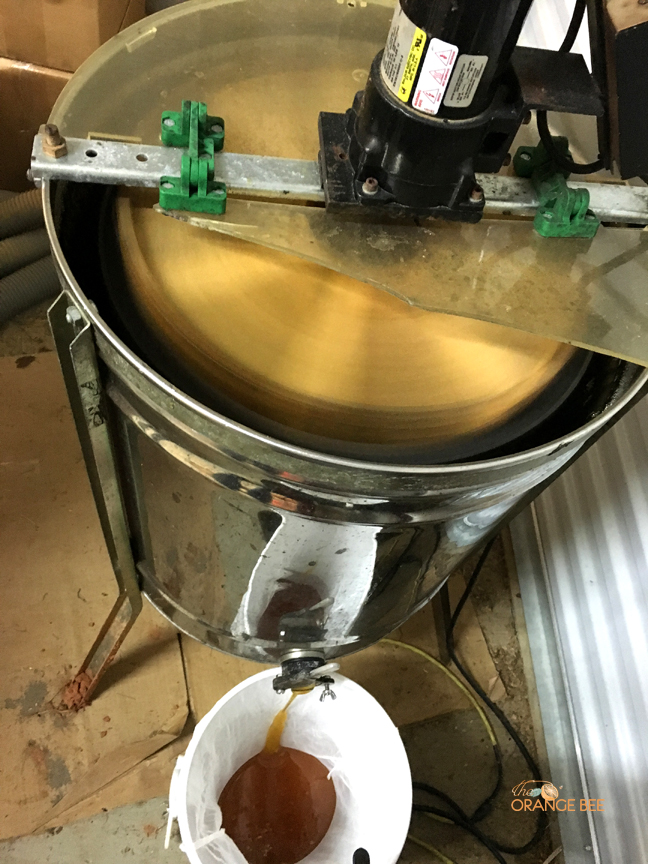
You may be thinking the surroundings don’t look too clean…you are correct. It seems old time beekeepers are often less than concerned with this. If I were lucky enough to own an extractor and have a little honey house it would be spotless and enjoyable to work in – alas I am not that lucky.
This go round I ended up with about 4 gallons of honey. Not bad for the first year of keeping hives at the GSC. The honey I pulled this year is from the two oldest hives there – they were established in April of 2015, Queen Natty and Queen Charlotte hives. The third hive was set up from the swarm I captured in April of this year. We call this hive Queen April. They will likely give me honey next year. You can read about the capture here.
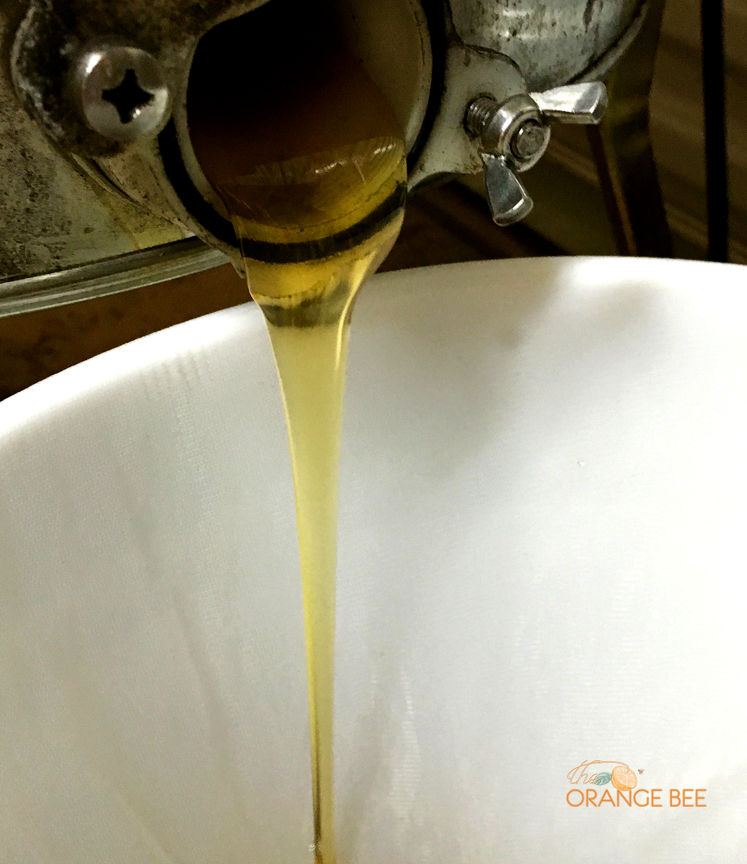
The first honey from the GSC will be bottled this weekend and passed out to a few key people at the science center. 4 gallons sounds like a bunch of honey but in reality is not so much – not enough to set up sales in the gift shop. I am happy to have this honey but more than that, I’m thrilled that the bees are so well received at the GSC. They provide a wonderful opportunity to teach kids, parents, teachers and many grandparents about the importance of the honeybee. Remember about every third bite of food you eat was pollinated by honeybee!


Loved the Honey Harvest post….your old blog – from your Texas days sparked my interest in beekeeping. I am now managing 14 hives. Honey harvest is a wonderful time…. a bit of work but an incredible reward.
Thanks
Bishop
Wow! Yes I remember you! That is fantastic – 14 hives! Yes the harvest is a bit exhausting but rewarding to be sure! I feel like you are in the Houston area – yes? Nice to hear from you!